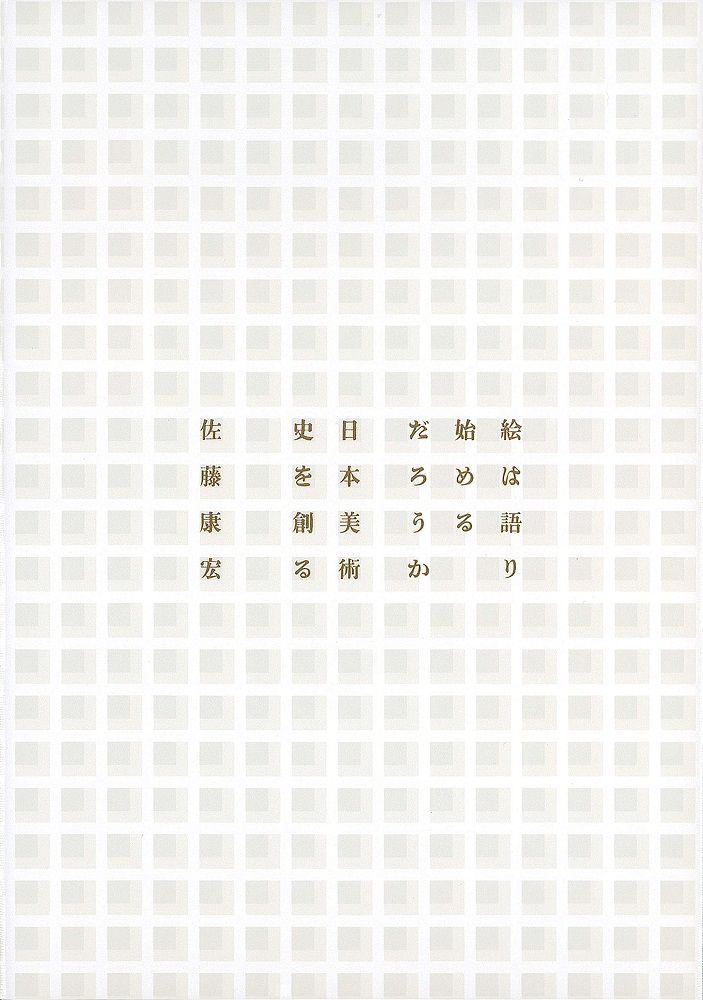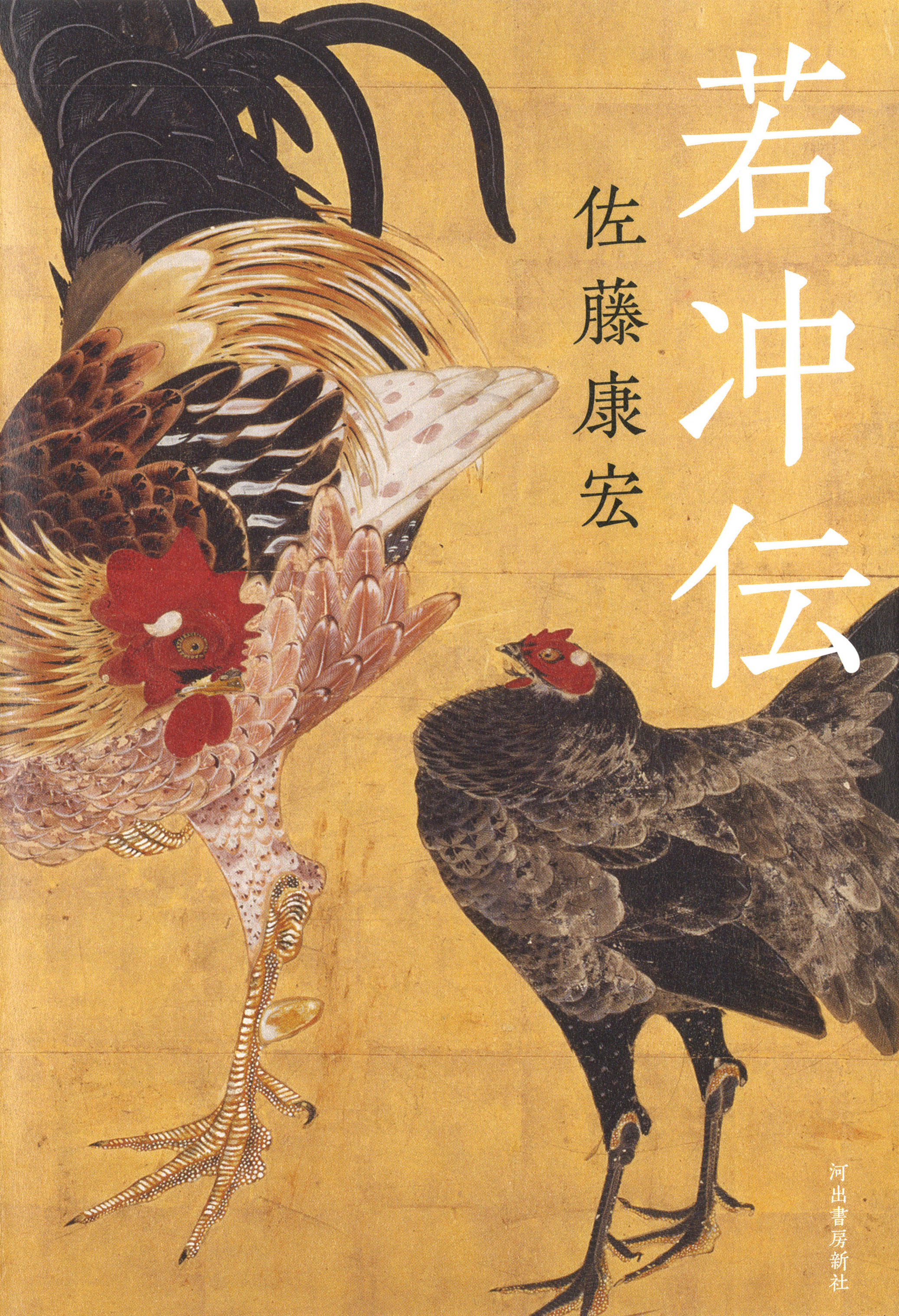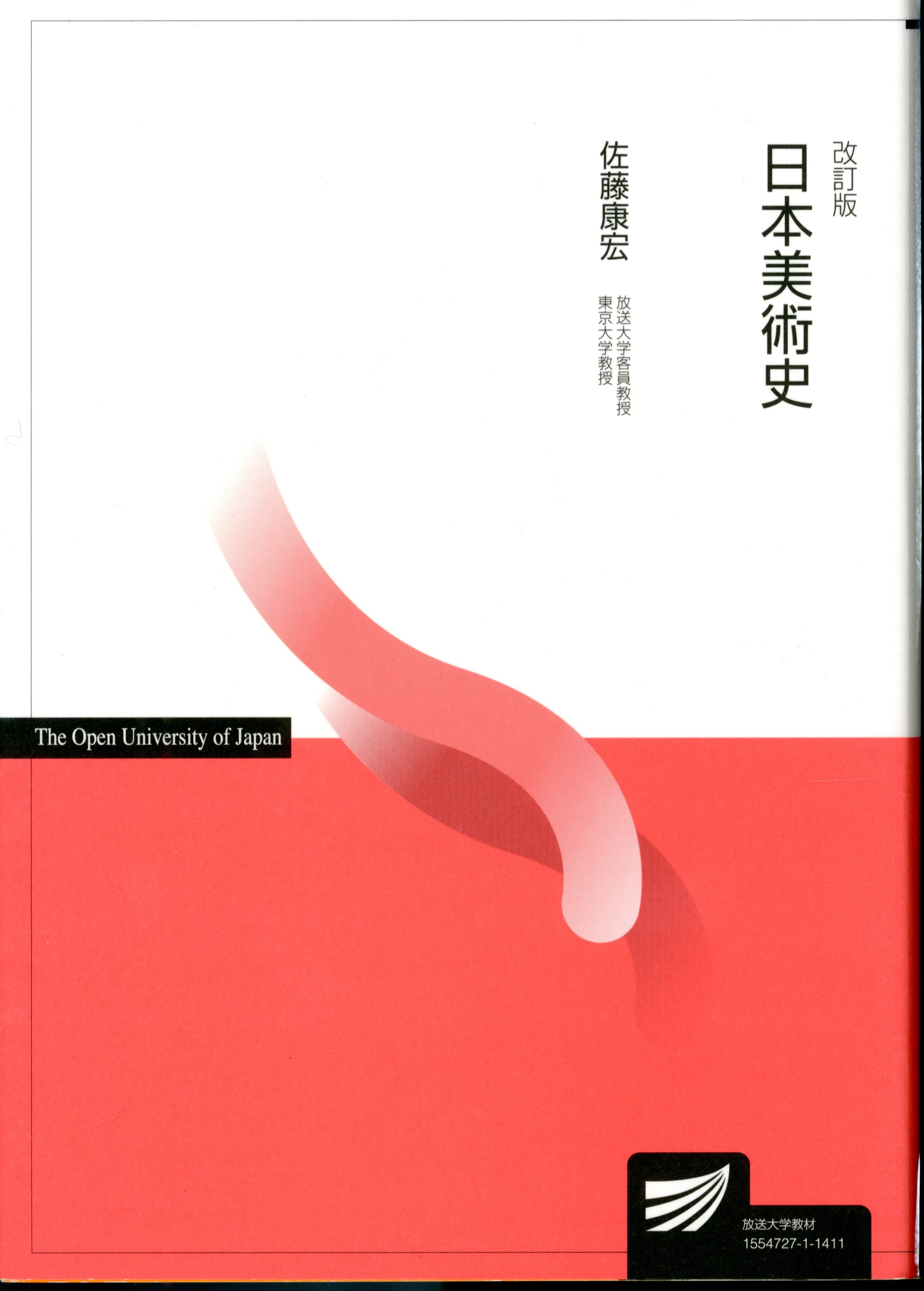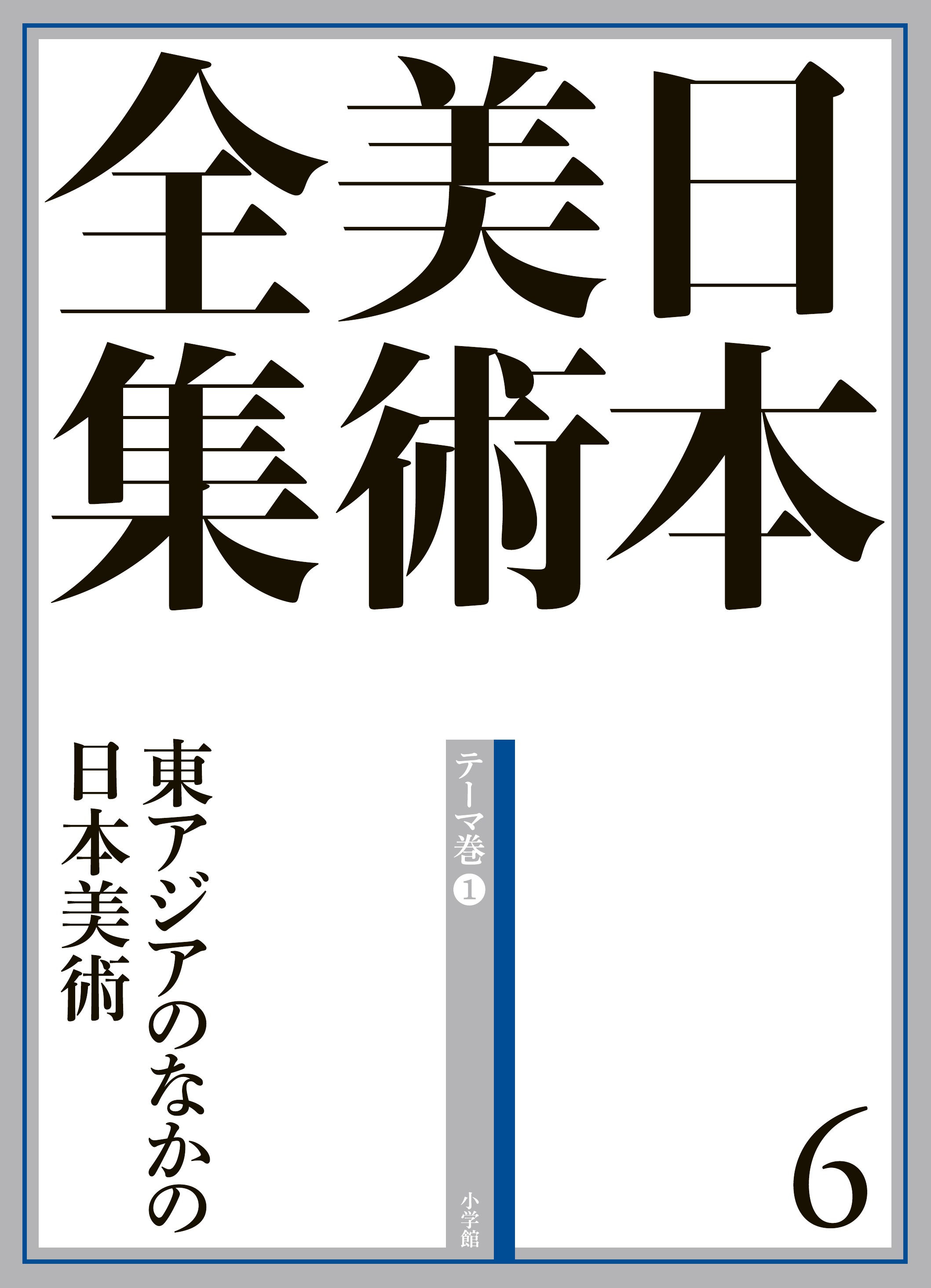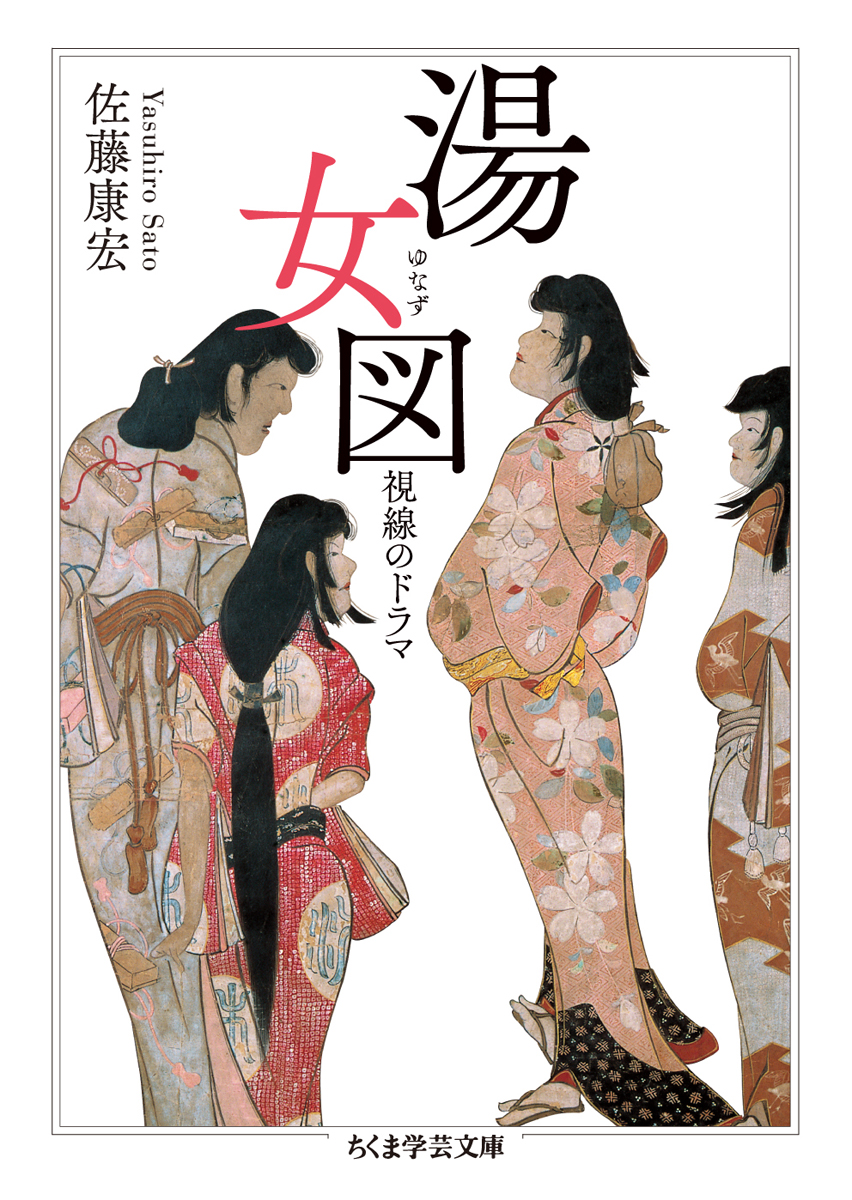
Title
Chikuma Gakugei Bunko Yunazu (Bathhouse Girls: Dramas Hidden in Their Gazes)
Size
208 pages, paperback edition
Language
Japanese
Released
February 08, 2017
ISBN
978-4-480-09767-5
Published by
Chikuma Shobo
Book Info
See Book Availability at Library
Japanese Page
Originally published in 1993 by Heibonsha as part of the Ewa Kataru series, this book has been reissued by Chikuma Gakugei Bunko. It has been slightly supplemented and revised in content, as well as modified in design. Bathhouse girls would work in bathhouses during the beginning of the Edo period, scrubbing and washing the hair of customers, and sometimes even escorting them for drinking and dining or engaging in prostitution. A painting entitled Women of a Public Bathhouse (MOA Museum of Art) is the main subject of this book, which advances multi-dimensional, thorough arguments about this famous genre painting.
Firstly, the restoration of the picture surface and a style analysis is conducted through comparisons with variants and similar works, and the results suggest that the painting comprises one section of a four-fold byobu screen, contrary to conventional opinions that hold that the painting is a part of a two-fold screen.
The book also postulates the unknown creator to be one of the assistants of Iwasa Matabei (1578-1650), active in the Edo period. Matabei was known as a pioneer of ukiyoe paintings in the Edo period, but no genre paintings are known to have been attributed to him with certainty. Addressing the similarities between the narrative paintings bearing his signature seal, and the folding screens Scenes in and around Kyoto, Funaki-version (Tokyo National Museum), which lack his signature seal, the book argues for the high likelihood that Matabei may have been involved in the creation of this extraordinary painting. Today, the attribution to Matabei of these folding screens is widely accepted, and I believe the specific investigations pursued by this book contributed to forming such an idea. Other supporting points are that the models and characteristic features of persons depicted in the Funaki-version and other paintings attributed to Matabei can be recognized in Women of a Public Bathhouse, and that the technique of mitate (metaphor) is employed by depicting real people, as in the form of the priest poet Hanshan seen in Chan-Buddhist paintings. Based on these points, the creator of the Women of a Public Bathhouse could be a painter in a close relationship with Matabei.
Drawing on history supported by historical documents about bathhouse girls, and in particular the rivalry between authorized and unofficial prostitutes arising as a result of the establishment of a public prostitution system, a tentative conclusion is drawn that the missing right section of the painting may have depicted courtesans of the public red-light district Yoshiwara. Women seen by men is a typical motif often observed in genre paintings and portraits of beautiful women (bijinga) of the time, and the striking contrast with the gaze of the women depicted in the Women of a Public Bathhouse is part of the rationale of this conclusion.
It is a bold and audacious attempt to infer the social circumstances of the early 17th century Japan from a painting. Leaving the tenability of the conclusion aside, in my view, this book served as an example of the renewed enthusiasm displayed in the study of Japanese art history, by trying to probe a major historic transition through an analysis of a set of paintings.
For the original publication and the paperback alike, readers’ responses included that they enjoyed it as if reading a detective novel in which a mystery surrounding a piece of art was unveiled. Though grateful for such feedback, the author originally set out writing this book to demonstrate that art history was more interesting than a detective story. His desire and challenge as such is stated in the sales copy for the original publication (Gekkan Hyakka no. 363, 1993): “Will the painting tell its tale?”
(Written by SATO Yasuhiro, Professor, Graduate School of Humanities and Sociology / 2018)



 Find a book
Find a book


